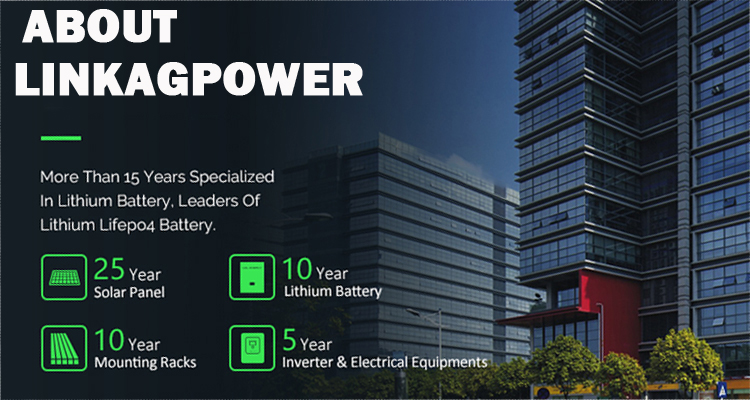- 16
- Nov
Analysis of the development prospects of lithium batteries for pure electric vehicles
Electric vehicle development direction
Transportation currently accounts for 29% of US greenhouse gas emissions (EIA, 2009). As usual, between 2000 and 2020, American drivers’ emissions are expected to increase by 55% (Friedman, 2003). In addition, due to the rapid depletion of oil resources, fluctuations in oil prices, and dependence on politically unstable oil-producing countries, the fossil fuel-based power economy is now facing serious risks (Scorsati and Garche, 2010). This means that the system no longer relies on oil. Due to the effects of global warming, governments around the world are taking actions to reduce greenhouse gas emissions in transportation (Bonilla and Merino, 2010). The widespread use of electric vehicles such as hybrid electric vehicles (HEV), pure electric vehicles (BEV), and plug-in hybrid electric vehicles (PHEV) may revolutionize the delivery process and significantly reduce fuel consumption (Danieletal). However, in order for the electric vehicle supply chain to continue to develop, several key issues need to be solved. At the same time, an obvious problem is the safety and availability of battery raw materials. Now, regarding the continuity of supply of some key raw materials for battery manufacturing, some problems have not yet been resolved. Several types of batteries, such as lead-acid batteries and nickel-metal hydride batteries, have great potential in electric vehicles.

batteries and lithium batteries (BLISISHwitz, 2010; Wangetal., 2010; Wadiaet., 2011). Electric vehicles also have a variety of viable alternative battery technologies, including metal-air batteries and sodium batteries (Wanger, 2011; but these technologies are still in the development stage and are not competitive. At present, lithium batteries and nickel-hydrogen batteries are commonly used in electric vehicles. Ni-MH batteries are an important passive power source for hybrid electric vehicles (HEV)., 2011). However, compared with other battery technologies, lithium batteries have significant functional advantages, but they are still in their infancy. Lithium batteries are likely to be used in the next generation of electric vehicles, especially with the increasing popularity of plug-in hybrid vehicles and pure electric vehicles (Gruber and Medina, 2011; Scrosati and Garche, 2010, USDOE, 2011). In addition, lithium batteries also occupy a considerable share of the hybrid vehicle market (UDOE, 2010). In view of the potential of lithium batteries as a continuous power source, this article focuses on the key raw materials for lithium battery production. When planning the supply chain, it is important to solve the problems of denial of demand and changes in market conditions over time (Butler et al., 2006). Considering the importance of lithium to electric vehicles in the future, the instability and unreliability of supply are now putting global power and environmental sustainability policies at risk. This study explores several key issues in the lithium supply chain to identify important risk categories. This article uses the method of literature review to discuss the overview of the lithium supply chain. By evaluating the evidence in the literature, the purpose of this analysis is to provide a more comprehensive view of the topic, determine the distance between the current state of common sense, and determine the direction of future research.


